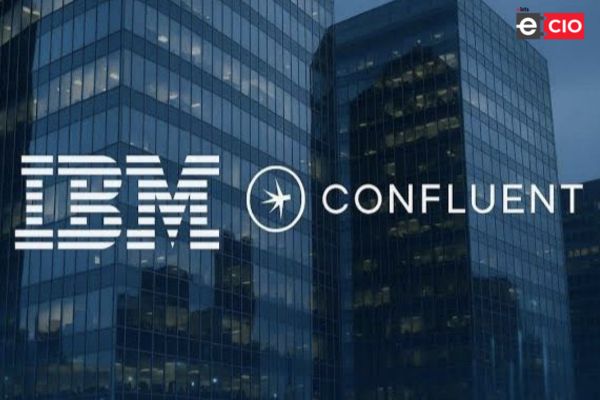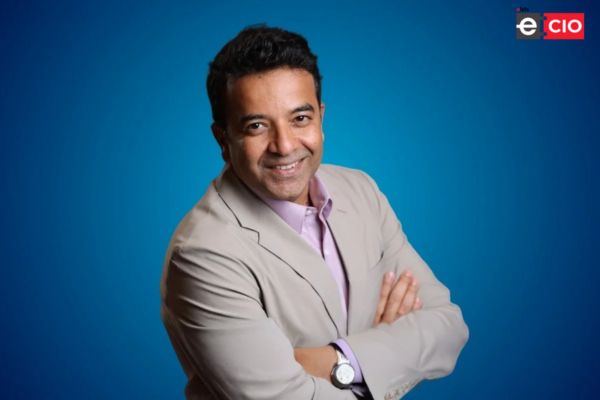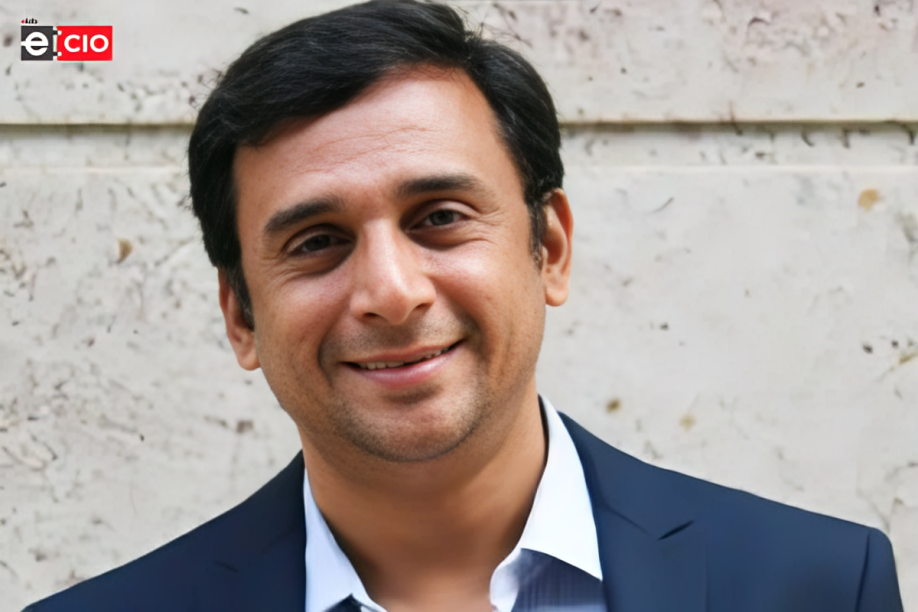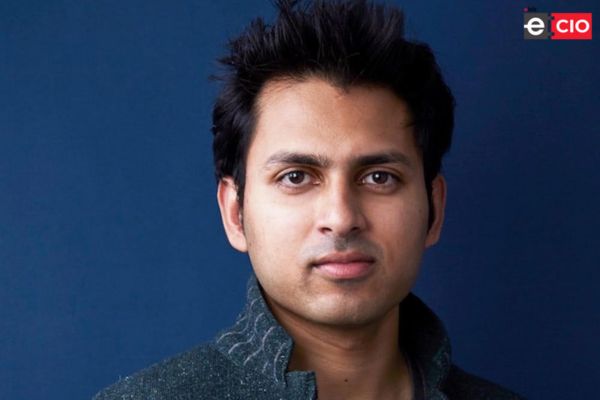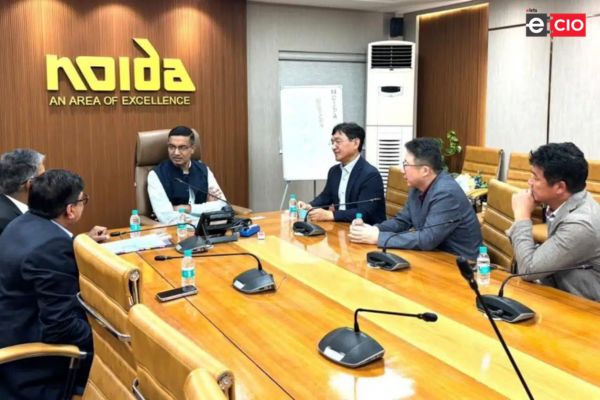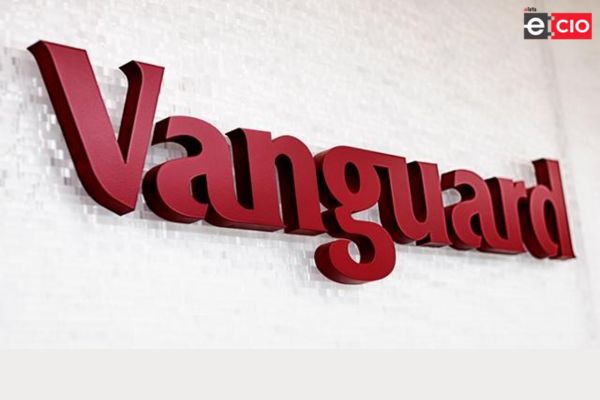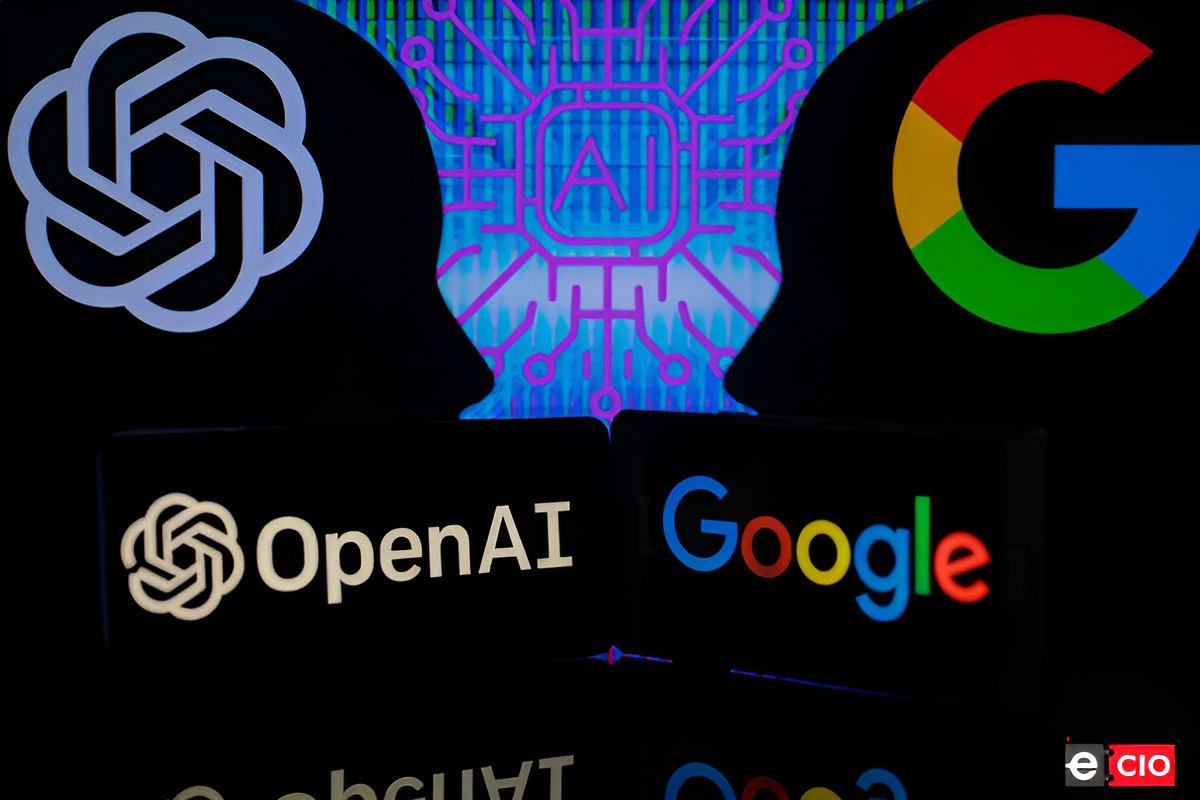
In a strategic development reshaping the global artificial intelligence (AI) infrastructure landscape, OpenAI—the Microsoft-backed organisation behind ChatGPT—has begun deploying Google’s Tensor Processing Units (TPUs) to support its AI operations. The move, reported by Reuters and other outlets, marks OpenAI’s first major shift away from exclusive reliance on Nvidia’s Graphics Processing Units (GPUs), historically central to the company’s training and inference workloads.
The shift underscores a broader industry trend toward multi-supplier, multi-cloud strategies aimed at addressing growing computational demands, controlling operational costs, and avoiding supply-chain bottlenecks.

According to the report, OpenAI is now renting Google’s TPUs through Google Cloud, expanding its hardware ecosystem. While these are not Google’s most advanced TPUs, they are optimised for inference tasks, which are critical in powering AI applications such as ChatGPT. This optimisation is expected to bring cost efficiencies as OpenAI scales its services to a broader user base.

OpenAI has long been one of Nvidia’s largest commercial clients, relying heavily on its advanced GPUs. However, as the AI industry witnesses unprecedented growth in demand for computing power, infrastructure diversity has become a strategic imperative. With computing costs mounting and availability tightening, OpenAI’s move to include Google as a hardware partner reflects a pragmatic approach to ensure both performance and scalability.

Notably, this collaboration takes place despite direct competition between Google and OpenAI in the generative AI space. While Google has kept its most advanced TPUs largely reserved for internal projects, it has recently opened access to major external clients such as Apple, Anthropic, Safe Superintelligence, and now OpenAI. This demonstrates a growing flexibility among AI powerhouses, emphasising operational resilience over rivalry.
Industry experts view this as a pivotal moment in the evolution of AI infrastructure. The inclusion of Google TPUs provides OpenAI with greater flexibility across its cloud deployment stack, complementing its strong partnership with Microsoft Azure. It also aligns with broader market shifts toward hybrid cloud and hardware environments, a necessity in an era where infrastructure can shape the pace of innovation.
Although neither OpenAI nor Google has officially confirmed the specific terms of the TPU arrangement, sources suggest the collaboration is already underway. Analysts predict this could lay the groundwork for similar partnerships across the AI sector, where demand is outpacing the capabilities of single-provider models.
This transition highlights three major strategic takeaways. First, it showcases the growing importance of chip supply diversification, reducing dependence on any single vendor such as Nvidia. Second, it reflects the need for cost-effective inference solutions as AI applications scale. Lastly, it signals a new era of competitive collaboration, where infrastructure pragmatism overrides market rivalry.
As AI continues to evolve rapidly, OpenAI’s move serves as a case study in future-ready infrastructure management, where agility, efficiency, and adaptability define success.
Be a part of Elets Collaborative Initiatives. Join Us for Upcoming Events and explore business opportunities. Like us on Facebook , connect with us on LinkedIn and follow us on Twitter.
"Exciting news! Elets technomedia is now on WhatsApp Channels Subscribe today by clicking the link and stay updated with the latest insights!" Click here!



